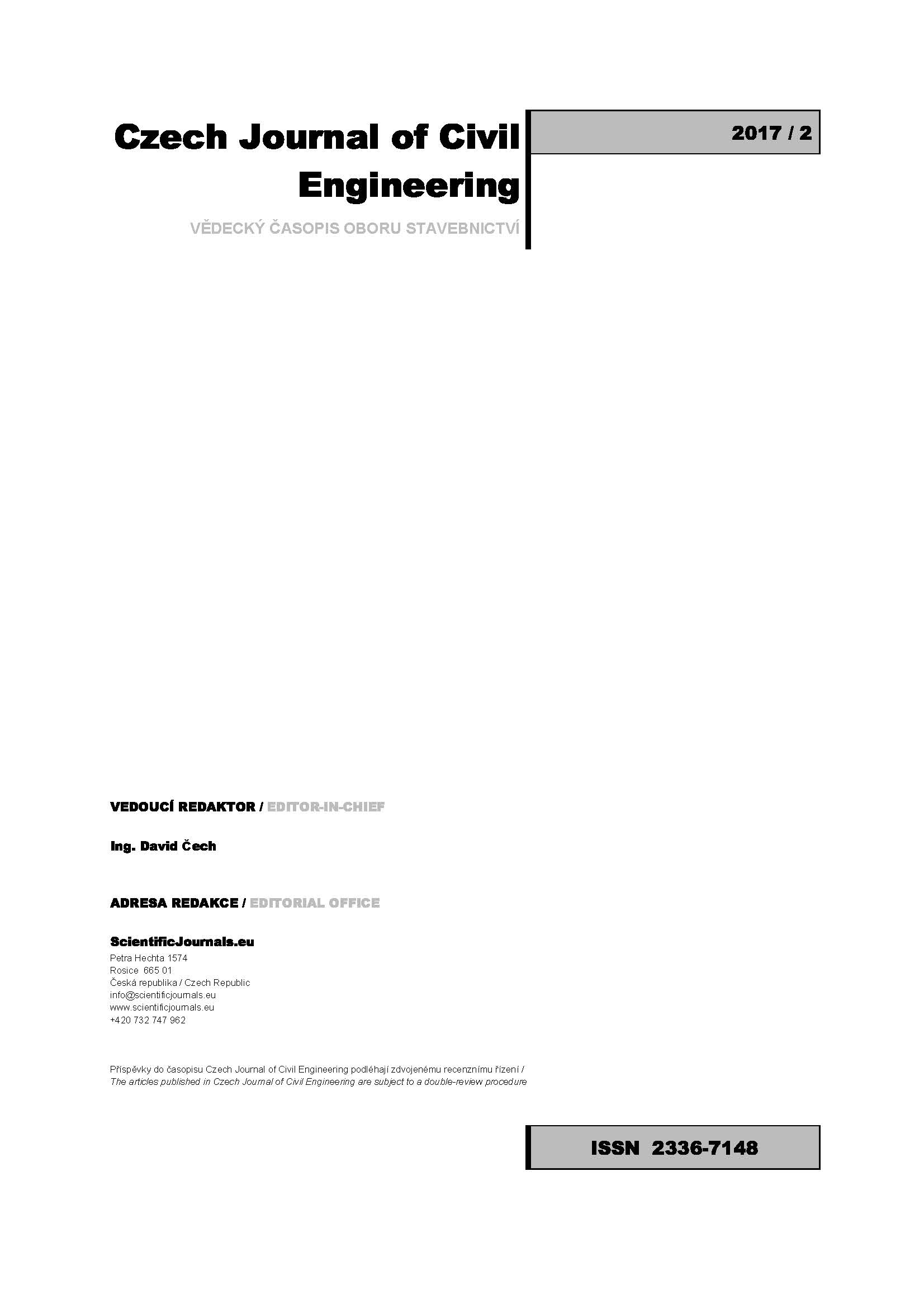SMART FLEXIBILITY - POTENTIAL FOR PUBLIC SPACES
DOI:
https://doi.org/10.51704/cjce.2017.vol3.iss2.pp9-14Keywords:
Flexibility, vitality of public spaces, flexibility as potential of public spacesAbstract
Current changes in public spaces can be monitored in terms of their urban and architectural factors, socio-psychological factors, and security and barrier-free. Current concepts focus on security, optimization of climate extremes, social transparency, identity, vitality and quality of exposed urban areas. Urban flexibility can flexibly respond to changes and adapt to city and society demands and to ecological change for a variety of time spans. The flexibility principle can be applied to the concept of city design, changes in the scene of the space, the moods and effects of color, music and light. The concept of functions and operations, the green concept, the concept of walking and cycling can be modeled by flexibility. With smart flexibility, the city can improve security, intelligent traffic, and enhance visitor awareness.
Metrics
References
BAŠOVÁ, Silvia - Lucia ŠTEFANCOVÁ. Mestský priestor - straty a zisky pešieho života. Czech Journal of Civil Engineering, Vol. 1, Iss. 1, 2015, s. 51, [online]. ISSN 2336-7148.
CARMONA, Matthew, Steve TIESDELL, Tim HEALTH, Taner OC: Public Places, Urban Spaces: The Dimensions of Urban Design, Routledge, Architectural Press Elsevier, 2010. ISBN – 13: 978-1-85617-827-3.
EUROPEAN URBAN KNOWLEDGE NETWORK (EUKN) [online]. [2017-10-11]. Dostupné z: http://www.eukn.eu/
FALLAH, Masoud, MASOUD Mohammad, NAVAIE, Asadallah. Role of resilient and flexible urban space in disasterManagement. Bulletin of Environment Pharmacology, Life Sciences, Vol.3, Issue III 2014, Academy for Environment and Life Sciences, India [online]. ISSN 2277-1808.
GEHL, Jan. Život mezi budovami. Nadace Partnerství, Brno, p. 202, 2000. ISBN 8085834790.
GEHL, Jan. Města pro lidi. Nadace Partnerství, Brno, s. 13, s. 199. ISBN 978-80-260-2080-6.
LERNER, Jaime: Urban Acupuncture, Island Press 2014. ISBN 9781610917278.
PICKETT, S.T.A., M.L. CADENASSO, J.M. GROVE: Resilient cities: meaning, models, and metaphor for integrating the ecological, socio-economic, and planning realms. Landscape and Urban Planning 69, Elsevier, 2004. doi: https://doi.org/10.1016/j.landurbplan.2003.10.035
RATTI, Carlo. Space Syntax: Some Inconsistencies. Environment and Planning B, Volume: 3 issue: 4, 2004, doi: https://doi.org/10.1068/b30
ŠTEFANCOVÁ, Lucia. Metódy prístupu pri navrhovaní nových verejných priestorov vo vidieckych sídlach - prípadová štúdia Bernolákovo. Czech Journal of Civil Engineering [elektronický zdroj]. Vol. 2, iss. 1 2016, s. 108-114, [online]. ISSN 2336-7148.
Smart Communities. California Institute for Smart Communities. (2001). Smart Communities Guide Book. [online]. [2017-18-11]. Dostupné z: http://www.smartcommunities.org/guidebook.html
Downloads
Published
How to Cite
Issue
Section
License
Copyright (c) 2023 Silvia Bašová

This work is licensed under a Creative Commons Attribution-NonCommercial-NoDerivatives 4.0 International License.
Creative Commons Attribution-NonCommercial-NoDerivatives 4.0 International Public License
Articles published in Czech Journal of Civil Engineering are licensed using Creative Commons License. Except where otherwise noted, individual articles in the Czech Journal of Civil Engineering are licensed under a Creative Commons Attribution-NonCommercial-NoDerivatives 4.0 International (CC BY-NC-ND 4.0).









